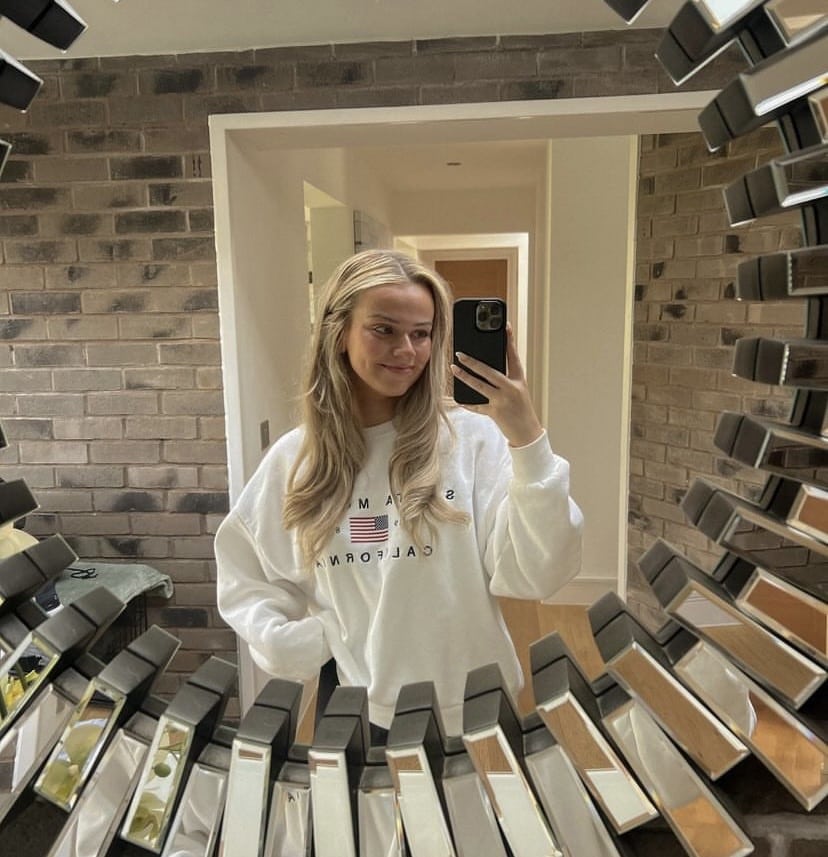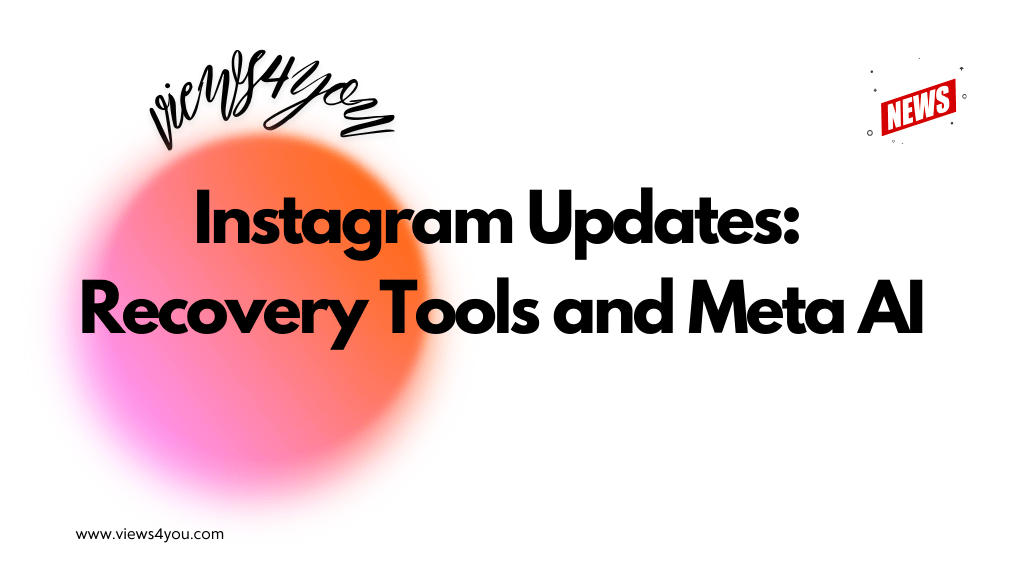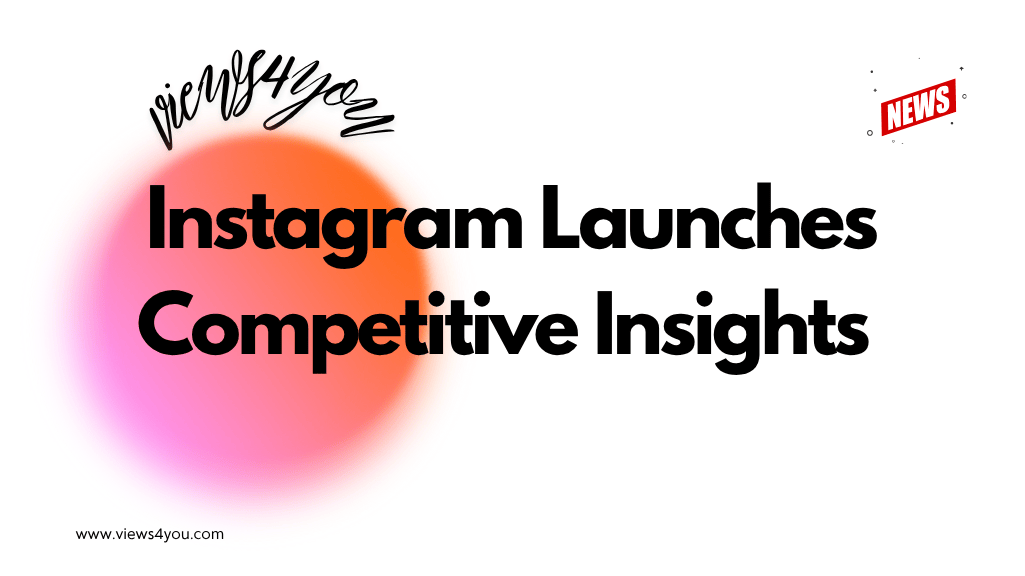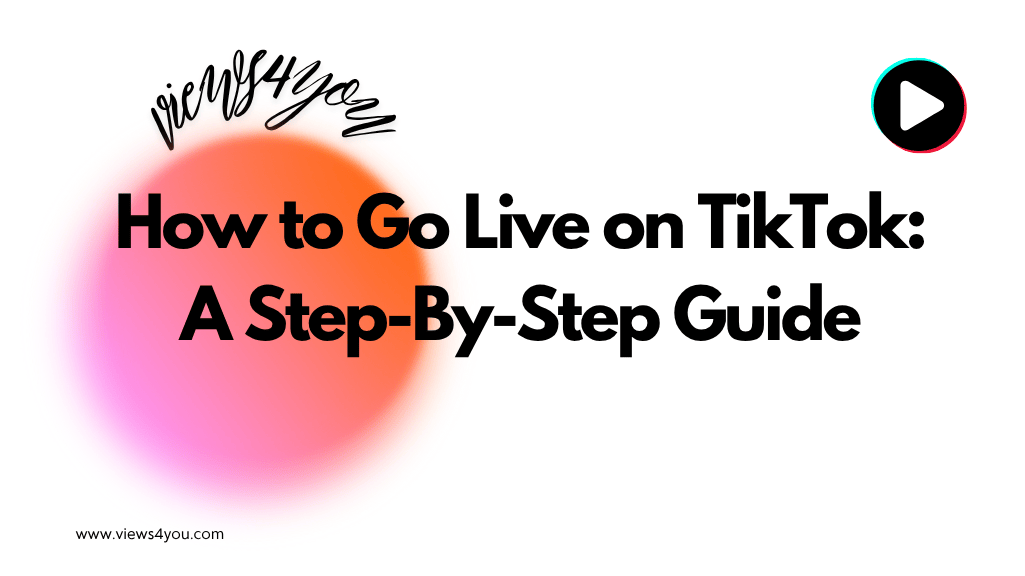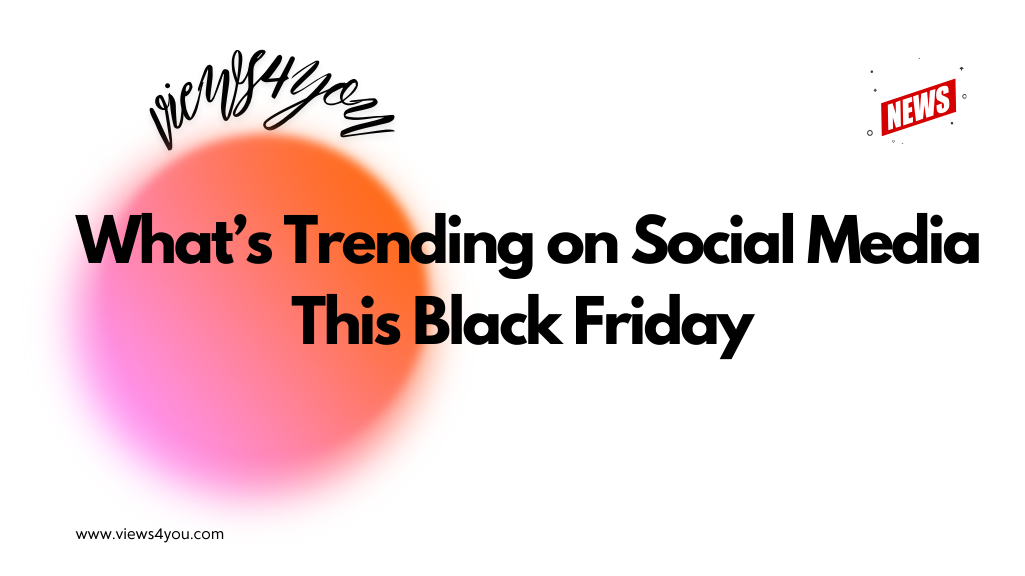Raw personal branding is changing how people show up online. On Instagram and LinkedIn, honest voices now matter more than perfect ones. Learn why stripped-down content builds real trust and how you can start.
Brands are changing their online presence. Instagram and LinkedIn used to have polished, curated styles that didn’t sound like real-life speech. However, something new is happening. Being yourself is becoming more popular. Not as a brand strategy or perfect self-evolution. It works for them alone.
Raw personal branding is growing as people tire of the same thing. They’re sick of carousels, polished scripts, and filtered stories. They want something simpler, more direct, and human now. This isn’t just a trend. It’s a change in how people build trust online.
What Is a Raw Personal Brand
A raw personal brand is what it sounds like. It’s a way to be seen online without hiding behind rules, polish, or fake confidence. It doesn’t mean not being ready or being unprofessional. It means making an effort to sound like yourself. Being honest, not careless, is what makes the raw part.
Do you feel like you can say what you want when you write a post, share a thought, or upload a story? Or are you changing how you sound to match a certain voice? Removing that filter is what raw branding is all about. It’s important to stay true to your point of view, even if your tone isn’t the most polished.
You just talk about things that are important to you, like work, creativity, failure, growth, or anything else. The point isn’t to show off. The goal is to sound like someone who is worth listening to.
Why People Respond to Raw Brands

There are templates for how to post, how to tell a story, and even how to sound “real.” And after a while, even being real can sound like a script. This is when raw branding really starts to work.
When something unexpected happens, people stop scrolling. But not because it’s shocking; it’s because it feels familiar. It sounds like something we might hear in a real conversation when we hear raw voices. Even though they’re short, they seem honest. That’s what keeps them there.
That honesty makes people trust you faster than any slogan. In a place where being seen is important, trust is what gets people to interact, grow, and stay interested.
Instagram: From Flawless to Personal
The main reason people use Instagram is because it looks good. Bright feeds, photos taken at the right time, edited captions, and color schemes go well together. That style worked for a long time. But now the rules are different.
The platform still cares about how things look, but not in the same way. Today, people are stopping to read posts that don’t sound like they were written ahead of time. They’re reacting to content that looks like it was typed on a phone, not something made in a design tool. A blurry story, a shaky video, or a caption that really makes you think can now connect better than something that was fully made.
A lot of creators who used to be known for making perfect content are now going for simplicity. This change is interesting because it doesn’t hurt their performance. In fact, some of the highest-paid Instagram influencers are those whose tone is raw, casual, and emotionally present. They aren’t using filters to hide their faces or softening their words. They are coming with a clear message, and that’s all that matters.
LinkedIn: More Real, Less Formal
For a long time, LinkedIn was a place to organize your thoughts and look professional. It seemed like every word had to show that you were credible. But now, the posts that people can relate to the most on the site sound more like conversations than news.
They’re sharing more than just the good news. They’re writing about projects that didn’t go as planned, lessons that came too late, or ideas that they’re still trying to figure out. These posts don’t seem like they belong to a brand. They seem like mirrors. And that makes it easier to read, answer, and remember them.
This change on LinkedIn is also part of a bigger trend in how people use content. Updates that are short and easy to read on mobile devices are doing better than long, overly detailed threads. Real-time posting is becoming more popular because of changes in mobile marketing. This makes it easier for people to be honest, quick, and present. And audiences are responding by getting more involved.
Why It Works
Content that isn’t processed feels different. It makes people stop and gives you a break from the noise. It feels brave to show up without polish in a world where everyone is trying to look perfect.
Raw branding works because it doesn’t require performance. You only need to let them know that you’re there. It’s not often that you find that kind of clarity online, and it’s getting more valuable with every scroll.
You don’t have to expose every flaw to be real. It’s important to be clear about how you sound, what you say, and why you’re there. People stay longer, interact more, and often come back when they think they’re hearing your real thoughts instead of your brand playbook.
How to Start Showing Up Raw
Use your own words first. Write the way you talk. Instead of big plans, share little things. Sometimes, the best content is the kind that just connects.
This change is important for anyone who wants to get more followers on Instagram. People are more likely to follow accounts that seem real than ones that seem like they want to be something. What used to be a perfect feed is now a mix of thoughts, reflections, and check-ins. That change isn’t a step down. It’s an improvement in the connection.
FAQs
What even counts as “raw”?
It’s a voice that sounds like you, not like a slogan. It’s clear, honest, and unfiltered.
Does raw mean not professional?
Not at all. Raw means being thoughtful without going overboard. You can be honest and still sound believable.
Do I have to share too much to be real?
No. Say what you really think, not what you think you should. It’s not about oversharing; it’s about showing up honestly.
Will this tone work on LinkedIn?
Yes, of course. In fact, it’s helping more professionals get noticed. People want real voices in the workplace as well.
Where do I start?
Literally anywhere. Try something short. Don’t polish. Just post it. Let it sound like you.
